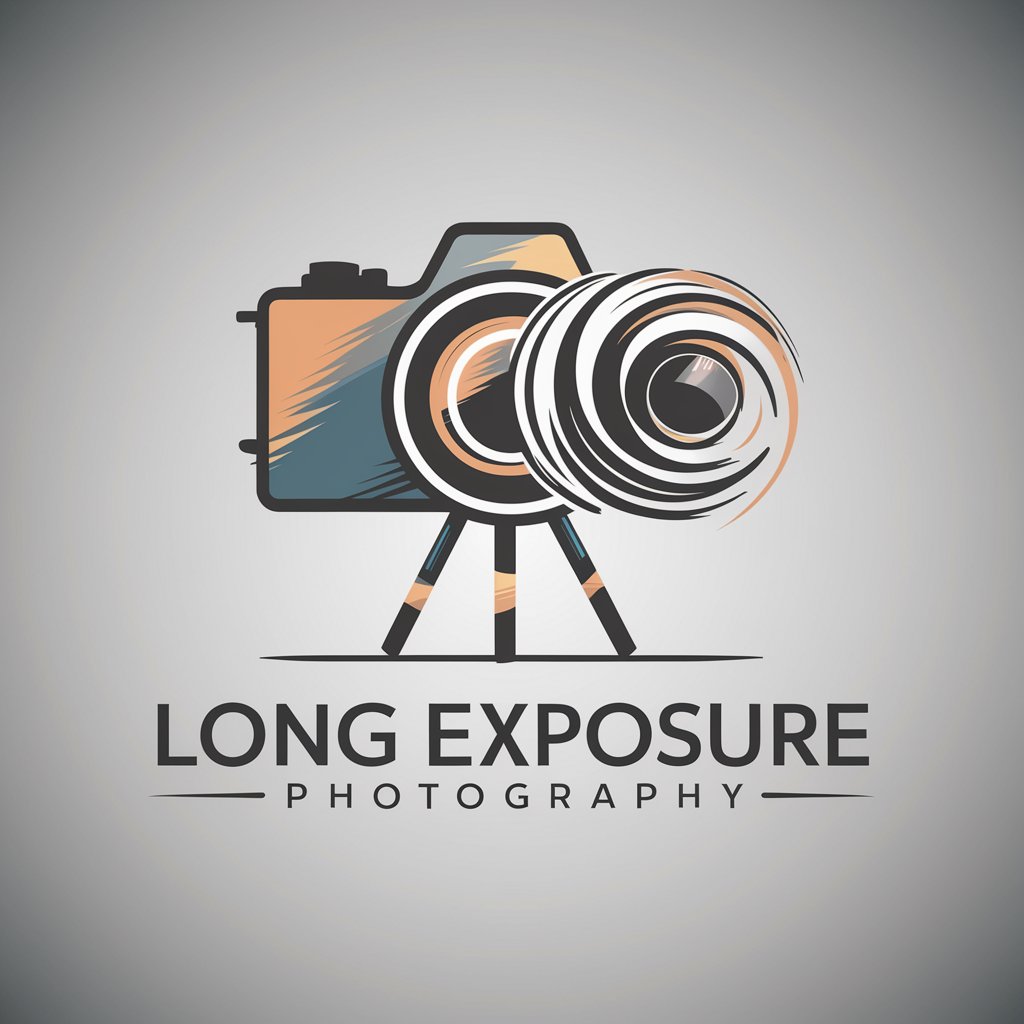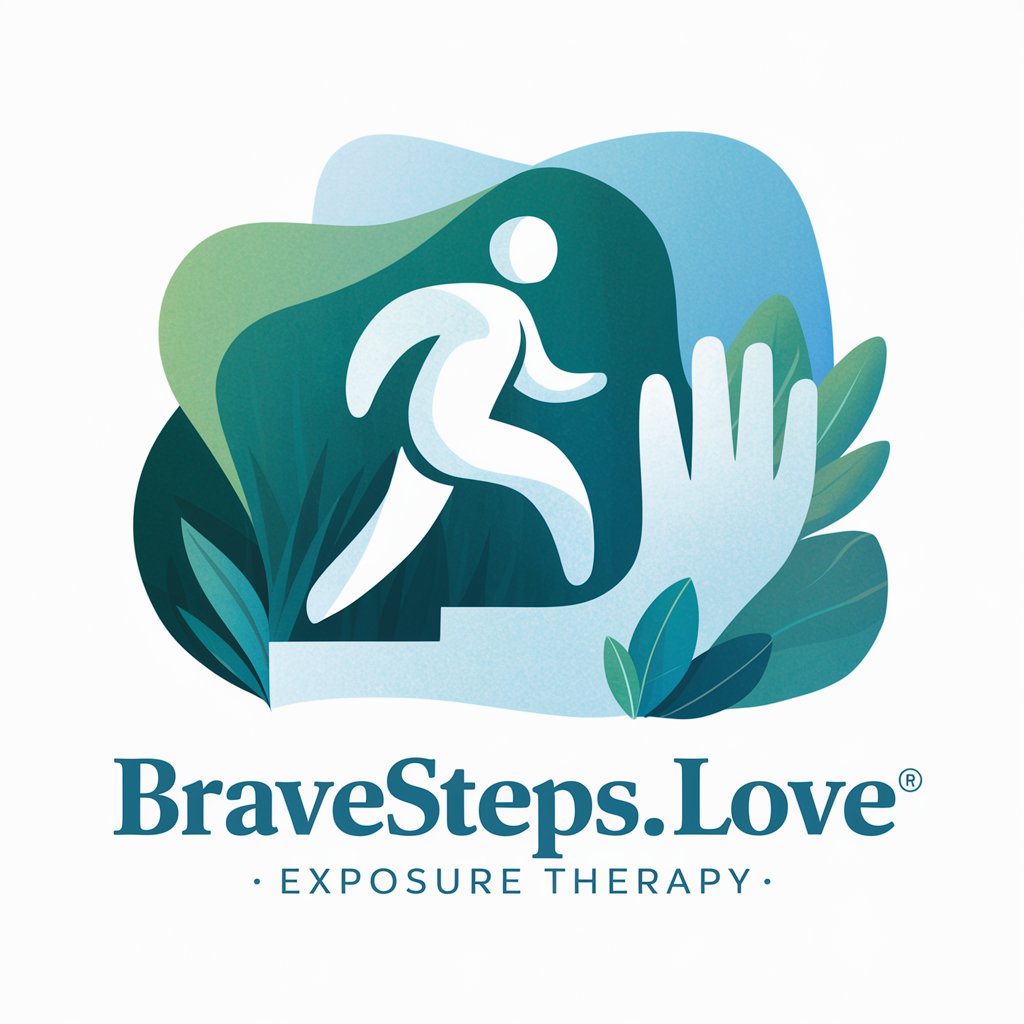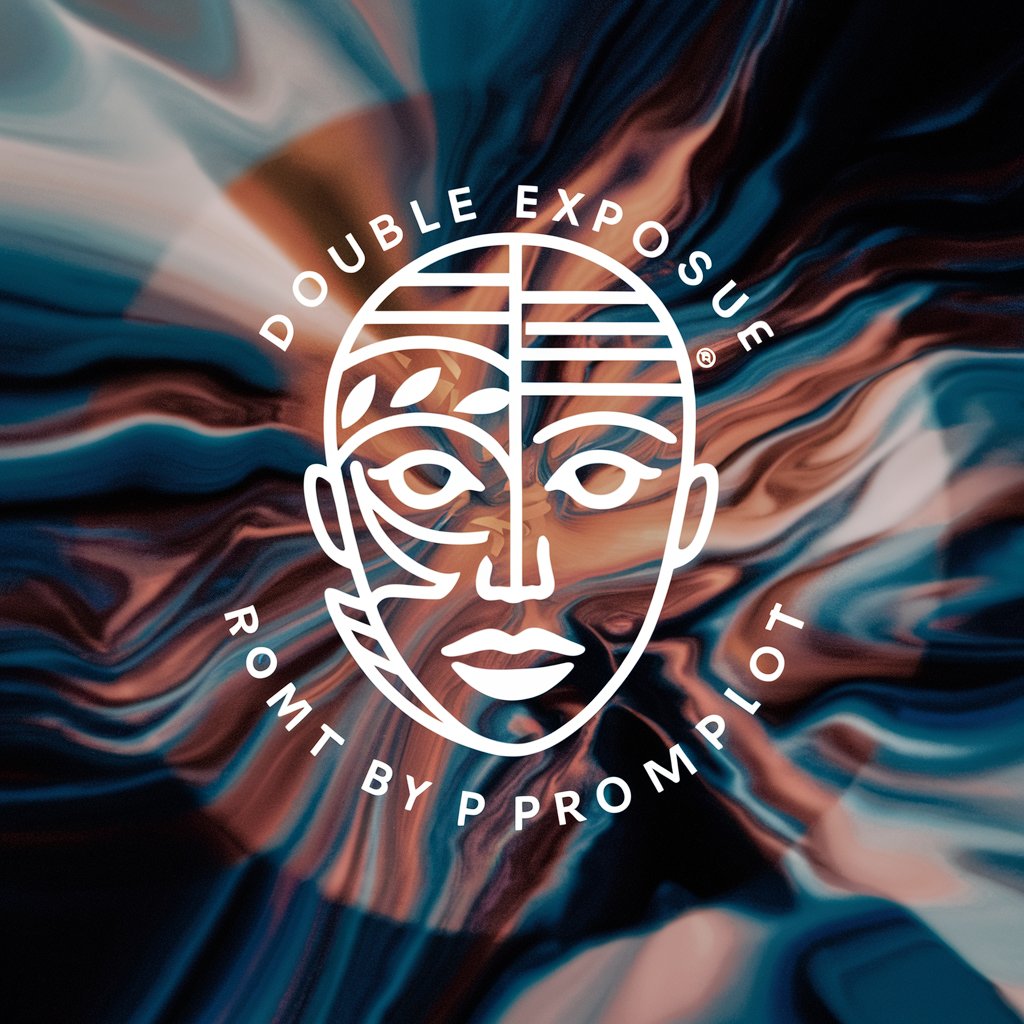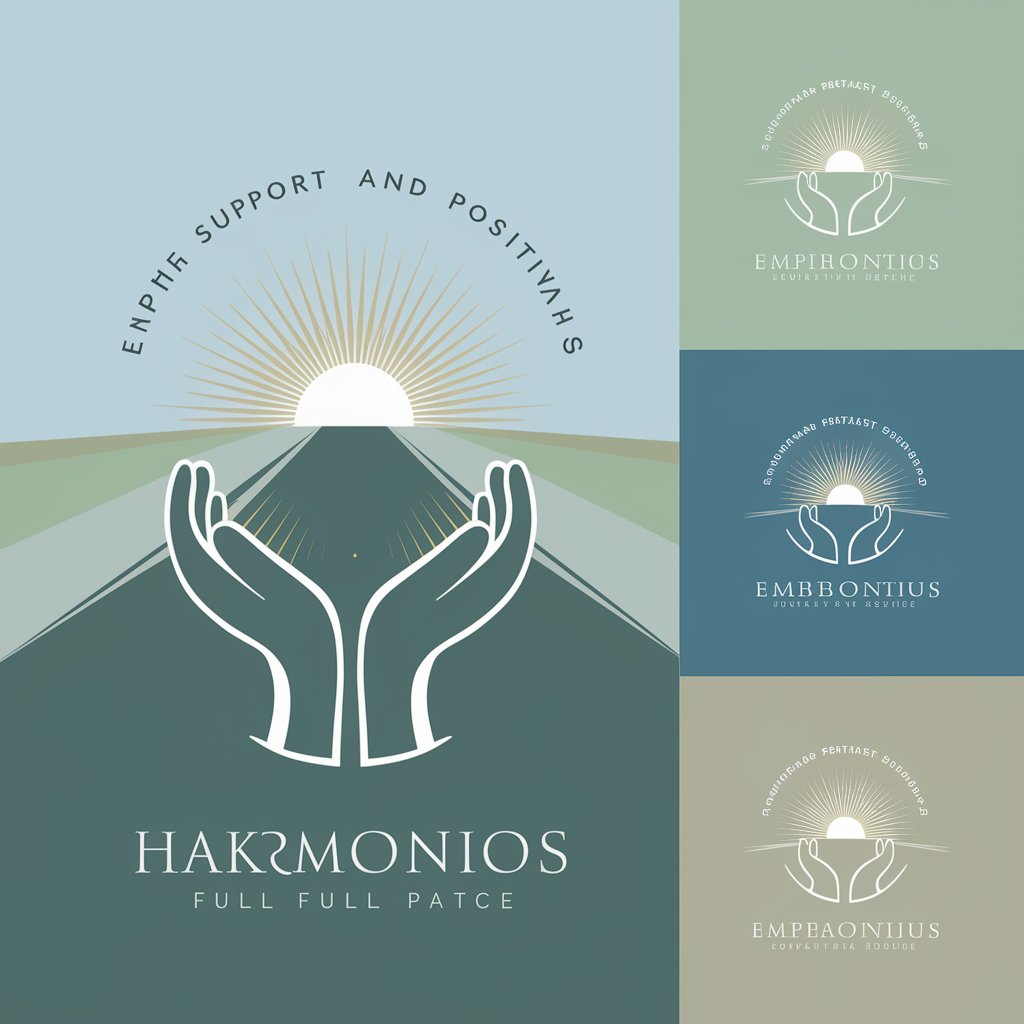
Long Exposure Photography - Trial, No Signup Required

Welcome to the art of capturing time with long exposure photography! 📷✨
Capture Time with AI Precision
Describe the effect of using a 30-second exposure time on a cityscape at night.
How does changing the aperture influence the sharpness in long exposure shots?
Share tips for capturing star trails in long exposure photography.
What settings should I use for long exposure photography during the day?
Get Embed Code
Introduction to Long Exposure Photography
Long exposure photography is a captivating technique that involves using a slow shutter speed to capture the static and dynamic elements of a scene over an extended period. This method allows photographers to capture a unique perspective of time and motion, presenting moving subjects as a smooth or blurred entity against a sharp, still background. Commonly, this technique is employed to create striking images of celestial movements, flowing water, bustling cityscapes, or trails of light. For instance, capturing the smooth, ethereal appearance of a waterfall with the rocks remaining crisply defined exemplifies long exposure photography. Powered by ChatGPT-4o。

Key Functions and Scenarios of Long Exposure Photography
Motion Blur
Example
Blurring water in a river to create a smooth, silky effect.
Scenario
A photographer sets up a tripod along a bustling river and adjusts the camera to a slow shutter speed (e.g., 30 seconds) to transform the rapid movement of the water into a smooth, flowing appearance.
Light Trails
Example
Capturing the light trails of vehicles in urban settings at night.
Scenario
In a busy city intersection during the evening, a photographer uses a tripod and a shutter speed of several seconds to several minutes to record the paths of vehicle headlights and tail lights, creating vibrant streaks of light against a static urban backdrop.
Star Trails
Example
Photographing the apparent movement of stars across the night sky.
Scenario
Utilizing a clear night sky away from city lights, a photographer employs an ultra-long exposure (e.g., several hours) to capture the Earth's rotation as evidenced by circular streaks of stars in the sky.
Ideal Users of Long Exposure Photography Services
Amateur and Hobbyist Photographers
Individuals looking to expand their photography skills and explore creative techniques. They benefit from learning how to manipulate shutter speed and use appropriate equipment like tripods and neutral density filters to achieve desired artistic effects.
Professional Photographers
Professionals seeking to add dramatic and high-quality images to their portfolios, especially in genres like landscape, architectural, and night photography. Long exposure techniques allow them to deliver unique perspectives and stand out in the market.
Art Students and Educators
Students learning the art of photography and educators teaching photographic techniques can both use long exposure to understand and demonstrate the interaction between light, time, and motion, enriching their academic and creative projects.

How to Use Long Exposure Photography
Get Started
Visit yeschat.ai for an opportunity to experience the service free of charge and without needing to sign up for ChatGPT Plus.
Set Up Your Equipment
Use a sturdy tripod to minimize camera shake and a remote shutter release to avoid jarring the camera when taking the shot. This setup is crucial for capturing clear and sharp long exposure images.
Choose Your Settings
Set your camera to manual mode. Use a low ISO to reduce noise and a small aperture (high f-stop number) to increase depth of field. Adjust the shutter speed based on the desired effect; slower for more blur and movement in your image.
Compose and Frame
Frame your subject carefully. Pay attention to both the stationary elements and the moving parts to compose a balanced image. Use leading lines and the rule of thirds to guide viewer’s eyes through the scene.
Experiment
Experiment with different shutter speeds and lighting conditions to find the perfect balance for your photo. Nighttime or twilight are ideal for capturing light trails and water or sky movement.
Try other advanced and practical GPTs
Cold Exposure Pro
Unlock nature's chill, feel the thrill

Pixel Perfect Editor
Enhance Images Effortlessly with AI

ファイナンシャル・プランナーポポ
Revolutionizing Financial Planning with AI

Immigrant Lawer AI USA Green Card EB1 EB-2 niw
Empowering your immigration journey with AI

ImmigraNZ Manual
Expert NZ Immigration Policy Guide

Immigrant Aid Navigator
Empowering Immigrants with AI-driven Support

Social Stage Strategist
Amplify Events with AI Power

bravesteps.love - Exposure Therapy
Conquer Your Fears with AI

Labor Market Exposure to AI
Navigating Workforce Transformations with AI

Market Maven
Unravel market dynamics with AI

Double Exposure Prompt by Prompt Snapshot
Seamlessly Blend Imagination with Reality

Troubles-Dude
Empowering Change, Enhancing Lives

Detailed Q&A on Long Exposure Photography
What basic equipment is needed for long exposure photography?
The essential equipment includes a digital camera with manual mode, a sturdy tripod, a remote shutter release, and optionally ND filters to manage light exposure during long shutter times.
How do I prevent camera shake during long exposures?
Use a sturdy tripod and a remote shutter release to minimize vibrations. Alternatively, use your camera’s built-in timer to delay the shutter release, giving the camera time to settle after pressing the button.
What are ND filters and how do they help?
ND filters or Neutral Density filters reduce the amount of light entering the lens. This allows you to use longer shutter speeds without overexposing the photo, helping to capture movement in subjects like waterfalls and rivers.
Can long exposure photography be done in daylight?
Yes, it can be done using ND filters to cut down the amount of light, allowing for longer shutter speeds without overexposing the image. This technique is great for creating smooth water effects in bright conditions.
What settings should I use for night-time long exposure shots?
For night-time shots, start with a low ISO, a wide aperture (low f-stop number), and a shutter speed of at least 10 seconds. Adjust depending on the available light and the desired effect. Experimenting with different settings is key.